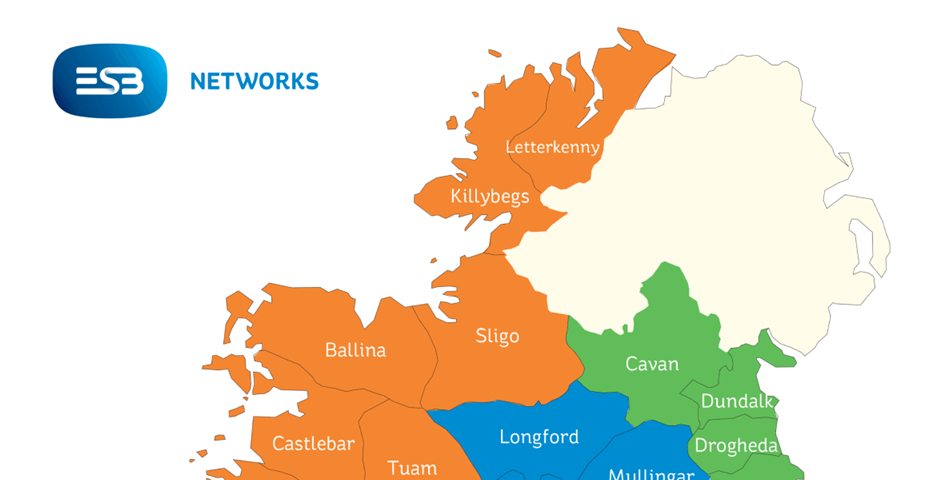There are calls for compensation packages as the number of power cuts faced by domestic and business customers rises across Ireland.
ESB Networks operates across two regions in Donegal, divided between Letterkenny and Killybegs. Letterkenny (including the Twin Towns and Inishowen) recorded an enormous 44% increase in power cuts between 2023 and 2024, going from 1,564 power cuts in 2023 to 2,258 in 2024.
The Killybegs area (including West Donegal) recorded one of the highest increases in power cuts in the country, both planned and unplanned, between 2023 and 2024 – rising by 61% from 1,265 in 2023 to 2,042 in 2024.
Fianna Fáil MEP for Ireland South Cynthia Ní Mhurchú obtained these figures from ESB Networks under Freedom of Information.
Ní Mhurchú says the number of power cuts raises questions on the performance of ESB networks, and that it is having a direct impact on the performance of our rural economy.
ESB Networks also provided MEP Ní Mhurchú with a breakdown of the reasons for the power cuts which included bird strikes, weather issues, lightning, overhead refurbishment, overloading, and corrosion. Of more concern was the large increase in power cuts which were attributed to ‘defective equipment’
She said: “My worry is that ESB Networks may be trying to cut costs by not investing in our electricity infrastructure to the extent that they should be. Power cuts have an enormous impact on families, in particular as many homes are now passive homes that depend on heat pumps and don’t have open fires or stoves.”
Ní Mhurchú has called on ESB Networks to clarify why there is a 22% jump in power outages across the country between 2023 and 2024. She has also called for a new system of compensation for householders and small businesses for outages lasting more than 12 hours. She also said that customers should not be charged for standing charges and levies when the power is out.
She added: “Customers deserve an explanation as to why they are facing more power cuts when they are paying the second highest electricity prices in Europe. The least Irish customers deserve is more investment in the infrastructure that delivers that electricity”








